Cleaning your home is a routine task that can sometimes be as therapeutic as it is necessary. However, common mistakes can turn this mundane chore into a hazardous affair or cause long-term damage to your home. In this blog, we’ll explore some critical “never-ever” rules of home cleaning, ensuring you keep your space sparkling without risking your health or property.
Mixing Cleaning Chemicals
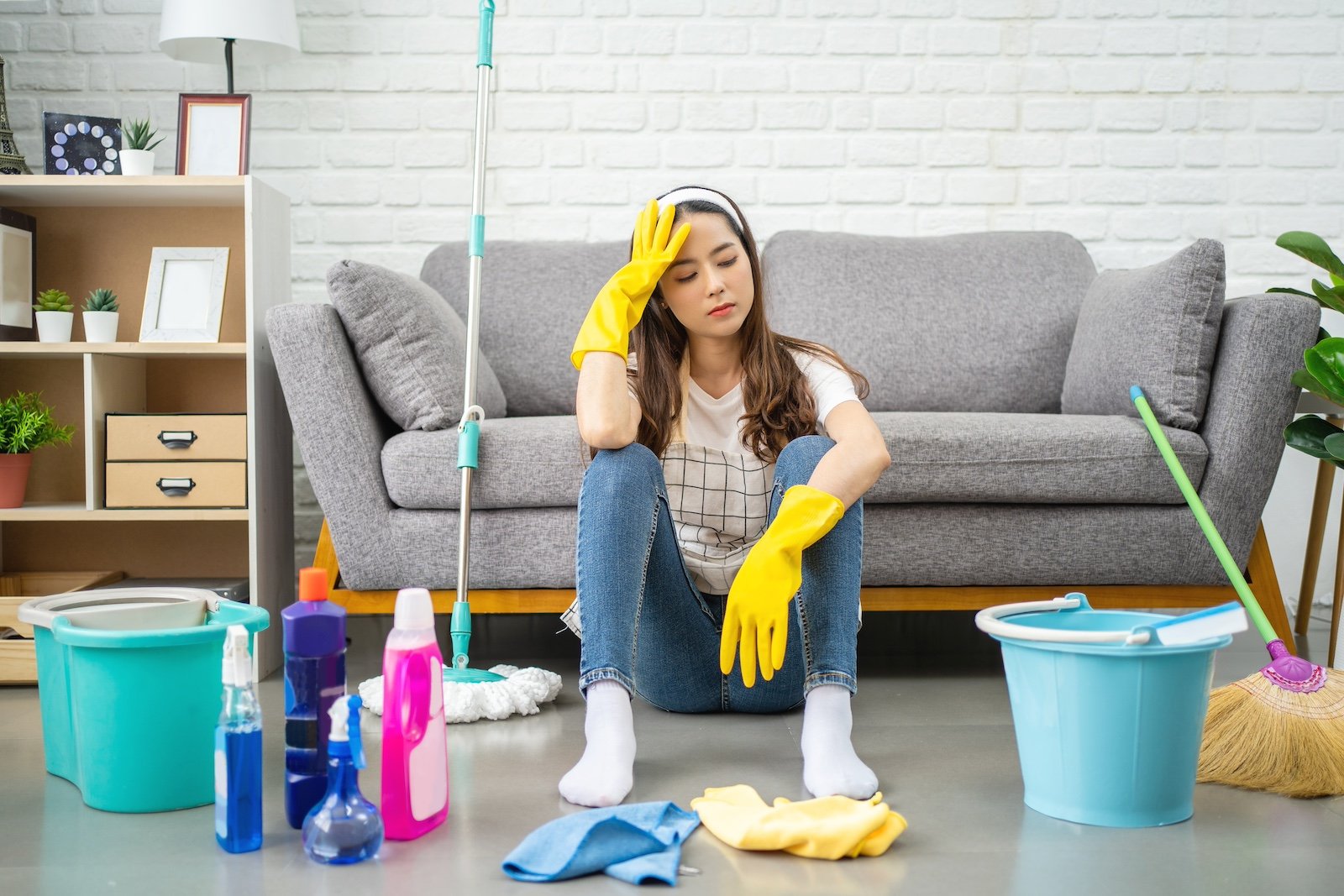
One of the most dangerous mistakes in home cleaning is mixing cleaning chemicals.
Combining products like bleach and ammonia can release toxic gases called chloramines, which can cause respiratory issues and other serious health problems. Always read labels carefully and stick to using one cleaner at a time to avoid harmful reactions. It’s important to understand the active ingredients in your cleaners to prevent these potentially dangerous interactions.
Using the Wrong Cleaning Tools

Using the wrong tools can be just as detrimental as using the wrong chemicals. For instance, using a steel wool pad on your non-stick cookware can scratch and ruin the surface.
Similarly, using a hard brush on hardwood floors can cause scratches and damage to the finish. Always match the cleaning tool to the surface to avoid unnecessary damage and ensure your items last longer and stay in better condition.
Using Improper Water Temperature for Cleaning

Water temperature plays a crucial role in cleaning effectiveness. Using too hot or too cold water can be detrimental depending on the material or surface being cleaned. Hot water can shrink, warp, or fade certain materials, while cold water might not effectively remove oils or waxes.
For example, washing oily dishes or heavily soiled laundry requires warm to hot water to break down grease, whereas delicate fabrics often need cold water to prevent damage. Always check the recommended water temperature for optimal cleaning results without causing harm.
Neglecting the Manufacturer’s Instructions

Ignoring the manufacturer’s instructions on cleaning products or appliances can lead to ineffective cleaning, damage, or even hazards.
Whether it’s the recommended cleaner for a countertop or the proper setting on a steam cleaner for your carpet, following guidelines ensures that you clean effectively and safely. This includes adhering to suggested wait times for letting chemicals sit on surfaces to achieve maximum germ-killing effects.
Overloading Your Washing Machine
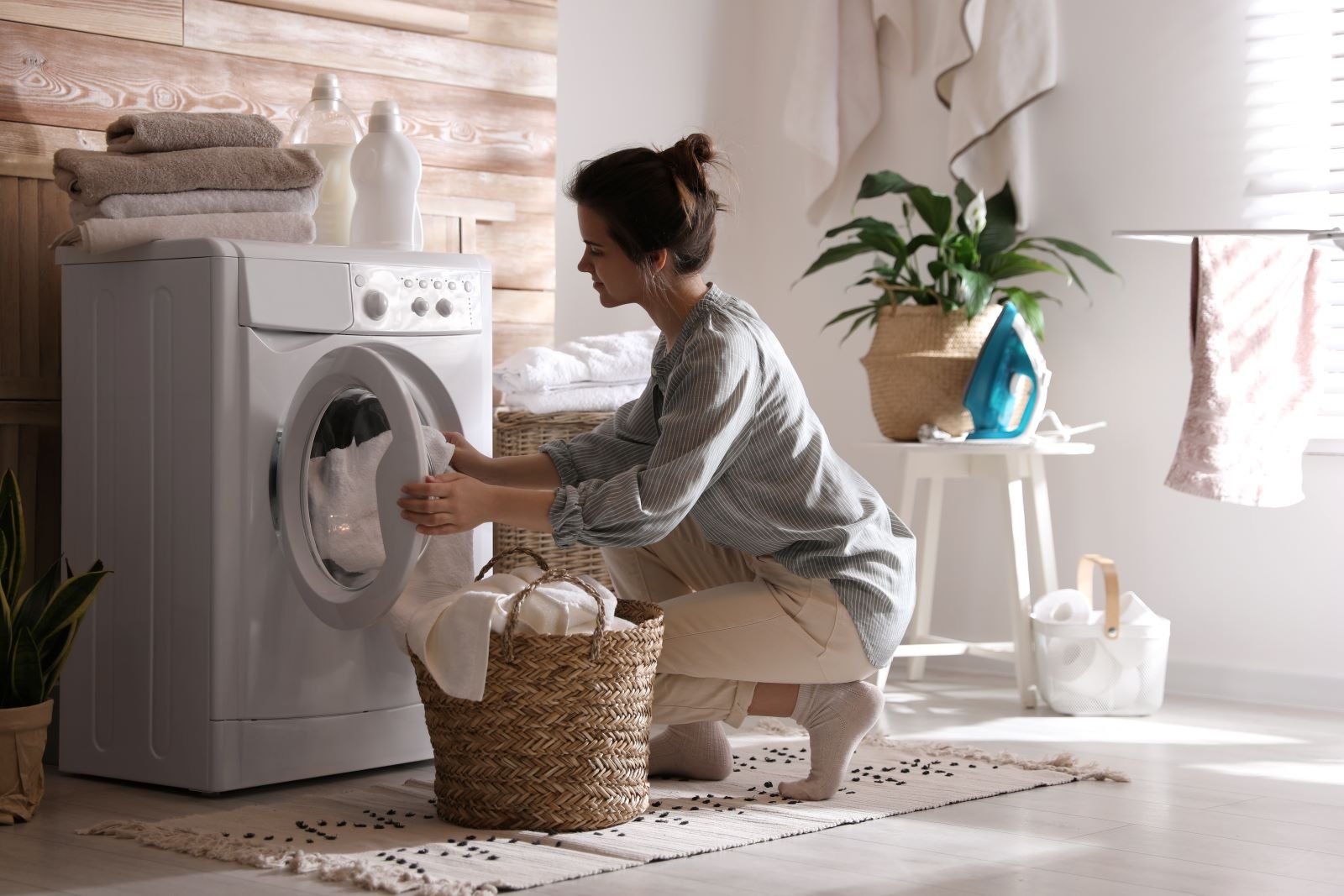
It might be tempting to stuff your washing machine to the brim to save time, but overloading it can lead to unbalanced cycles and damage both your garments and the machine itself.
Ensure you follow the recommended load sizes for efficient and safe washing. This also helps in maintaining the machine’s efficiency over time, reducing wear and tear from excessive loads.
Cleaning Windows on a Sunny Day
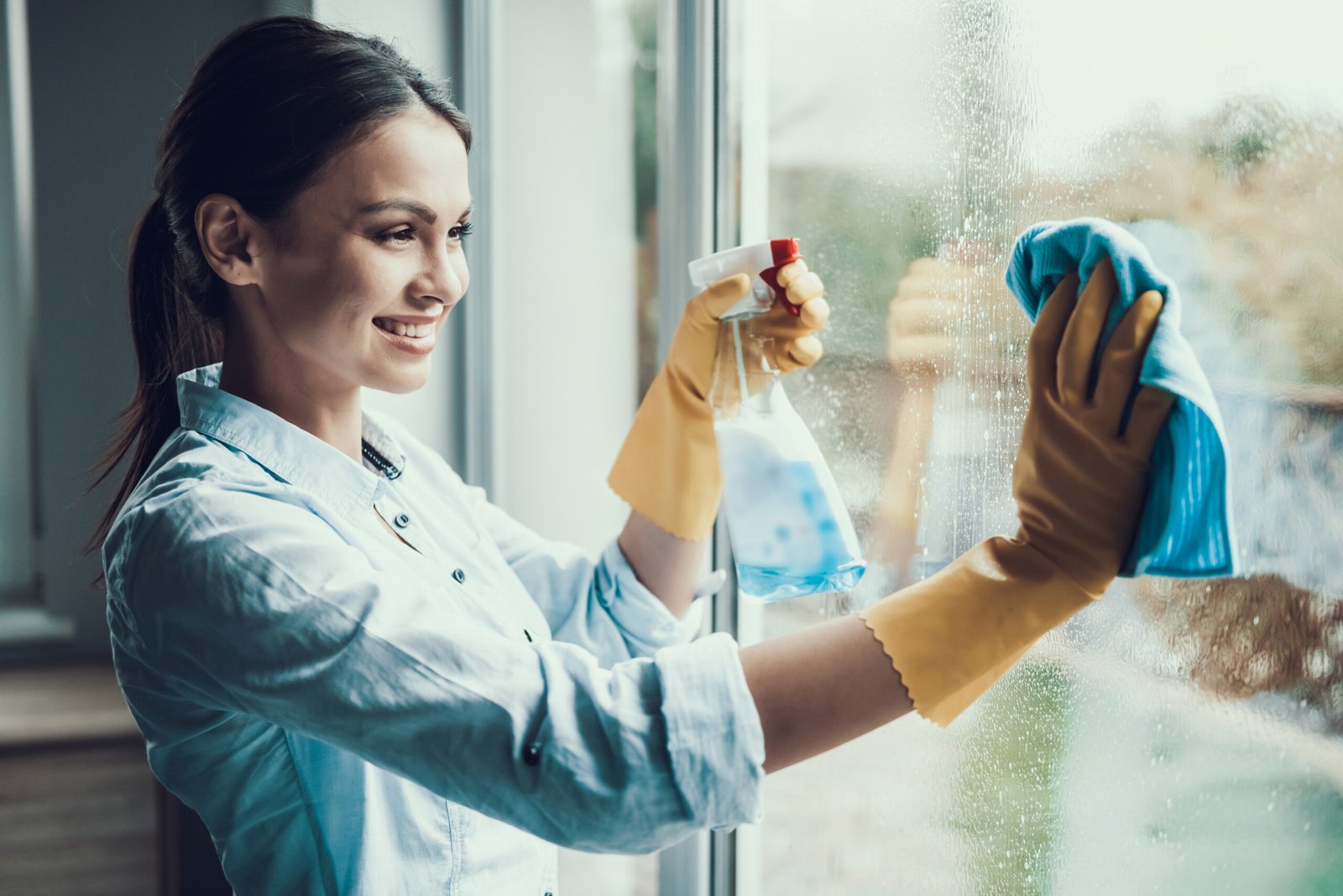
While it might seem ideal to clean your windows on a sunny day, doing so can lead to streaks, as the cleaner will dry too quickly. Instead, opt for a cloudy day when the temperature is moderate for streak-free window cleaning.
The slower drying time allows you to properly wipe off the cleaning solution, ensuring that no residues are left behind to attract more dirt.
Leaving Wet Towels or Sponges in Dark Places

Damp environments are breeding grounds for mold and bacteria. After using sponges or towels, make sure they are well-rinsed and dried. Store them in an area with adequate airflow to prevent the growth of mold and mildew. This simple step helps maintain a healthier environment and extends the life of your cleaning tools.
Using Too Much Water on Wooden Surfaces

Water and wood do not mix well. Using too much water when cleaning wood, whether on furniture or flooring, can cause warping, staining, and irreversible damage. Use damp cloths for cleaning and dry the surface immediately after. For best results, use products specifically designed for wood care to enhance the material’s natural beauty and longevity.
Spraying Cleaner Directly on Surfaces
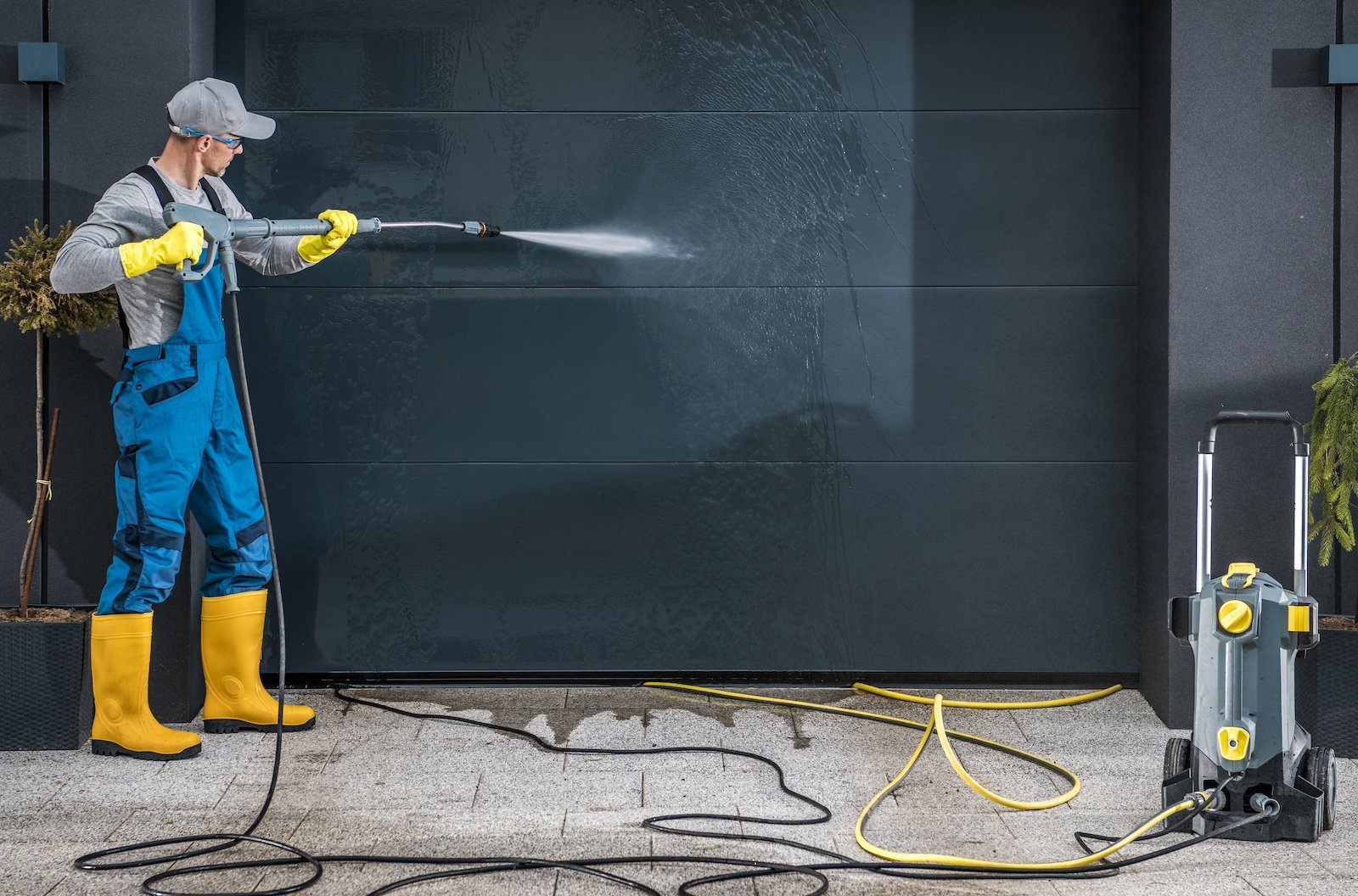
Spraying cleaners directly onto furniture, electronics, or window panes can cause damage through over-application. Instead, spray the cleaner onto a microfiber cloth. This method gives you more control over the amount used and prevents the risks of liquid damage to sensitive items. It’s a simple adjustment that significantly reduces the risk of ruining your valuable possessions.
Not Testing Cleaning Products on a Small Area First

Always test new cleaning products on a small, inconspicuous area before applying them to larger surfaces. This is particularly important for colored fabrics and carpets, where some products might cause discoloration or fading. This precautionary step can save you from costly mistakes that could require professional remediation.
Neglecting Ventilation

When using strong cleaning agents, proper ventilation is crucial to avoid inhaling harmful chemicals.
Open windows and doors or use fans to circulate air and reduce the concentration of airborne chemicals. This not only protects your respiratory health but also helps clear out odors more quickly, keeping your home fresh.
Not Regularly Cleaning the Cleaning Tools
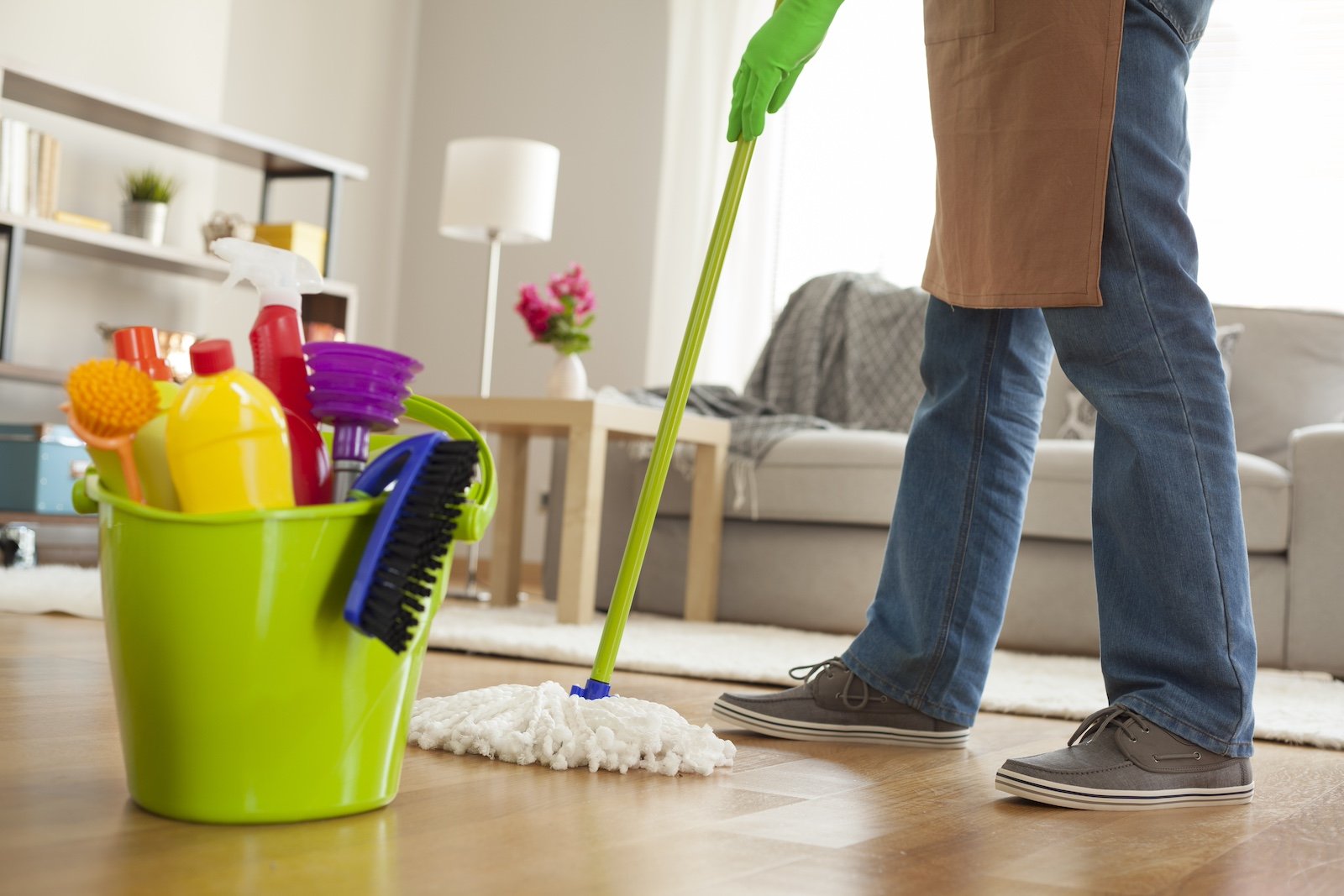
Cleaning tools themselves can become a source of dirt and bacteria if not regularly cleaned. Ensure that items like mops, brushes, and cloths are cleaned after each use and replaced regularly to maintain hygiene and effectiveness. This practice prevents the spread of germs and ensures that your efforts are truly cleaning, not just spreading dirt around.
Ignoring the Dryer Lint Trap
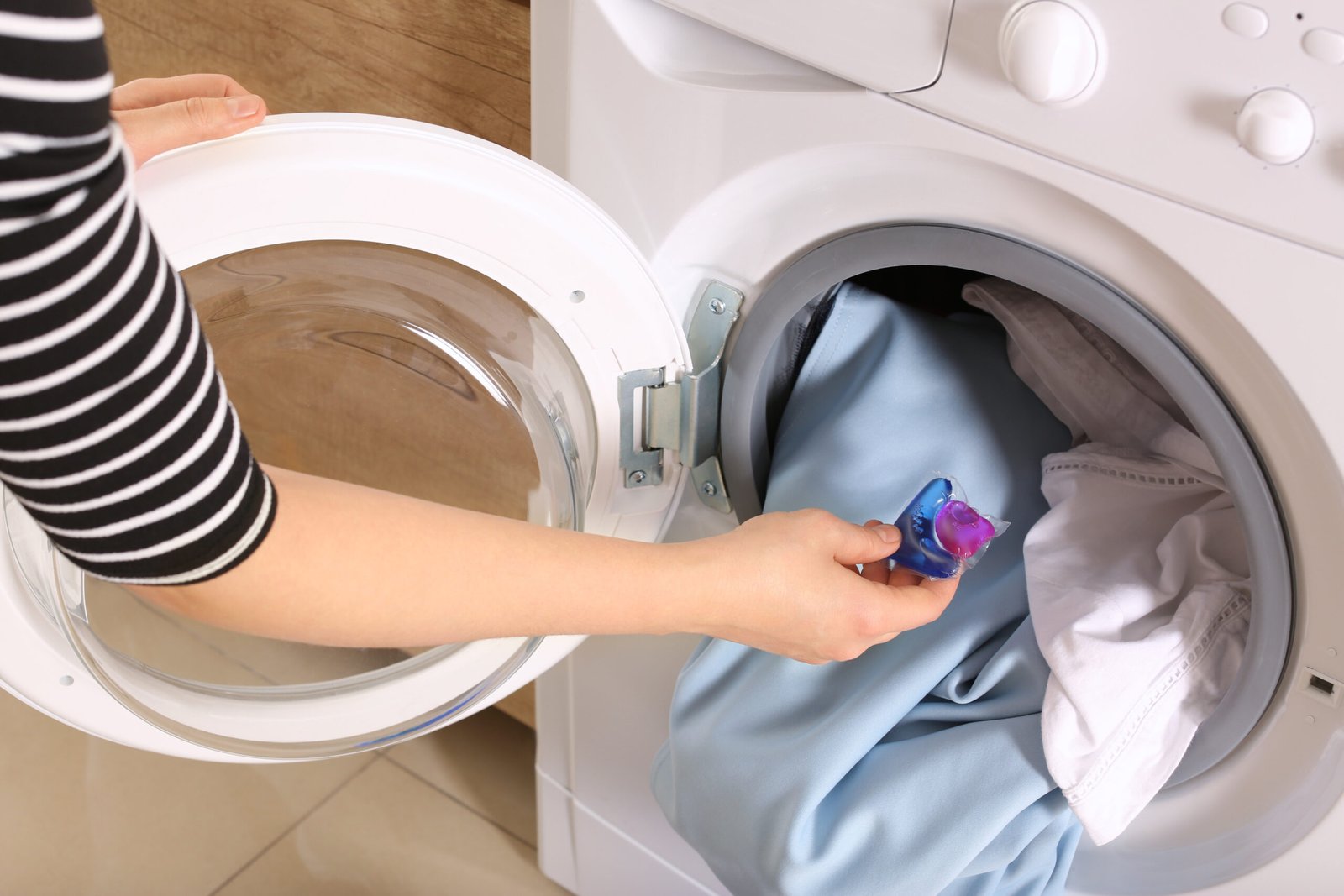
Failure to clean the dryer lint trap regularly can lead to decreased efficiency and even pose a fire risk.
Clean out the lint trap after each load to ensure your dryer operates safely and efficiently. This not only prevents hazardous situations but also improves the performance of your dryer, saving energy and time.
Forgetting to Wear Protective Gear
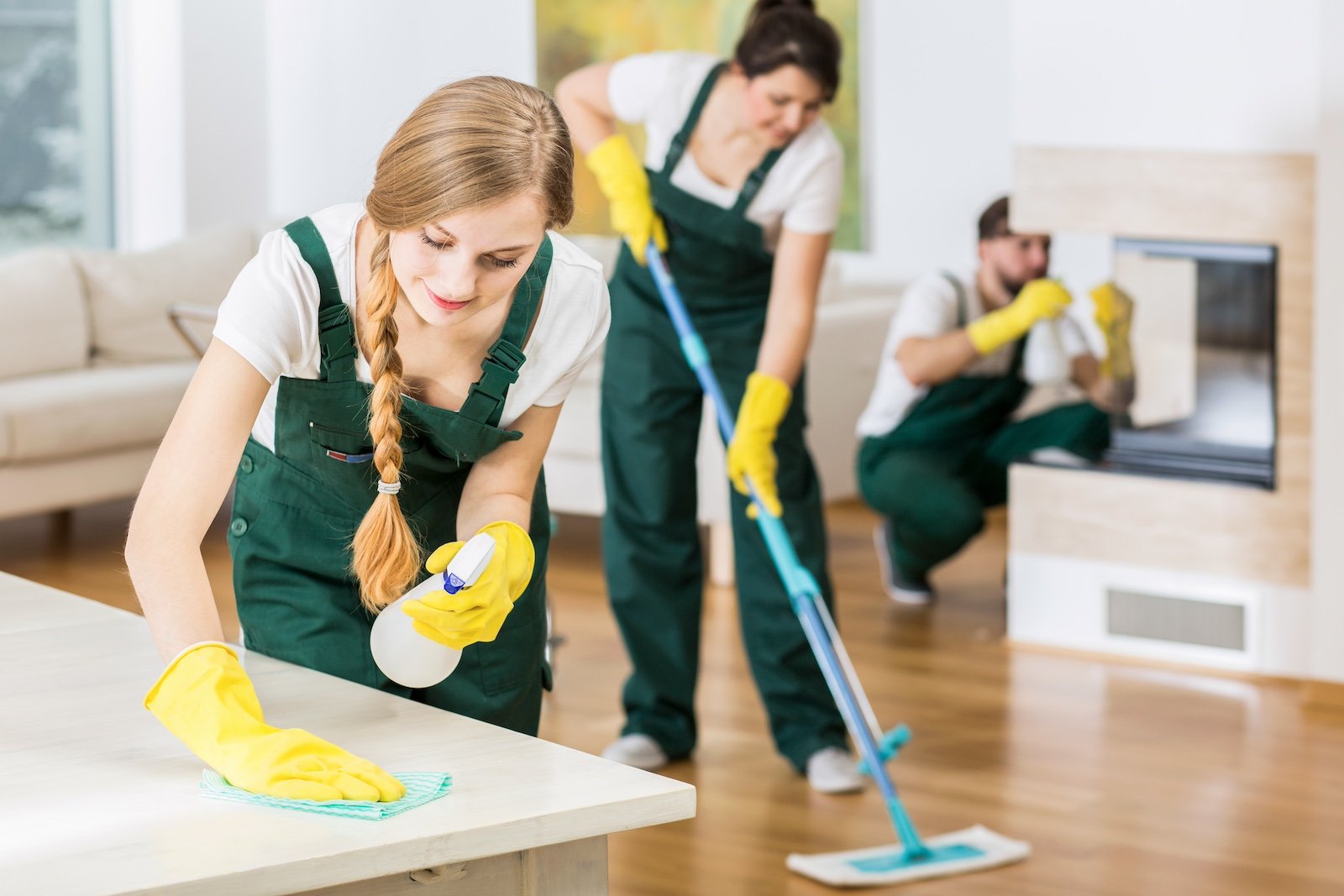
When using chemical cleaners, always protect your skin and eyes. Wearing gloves and sometimes even goggles can prevent skin irritation and protect your eyes from splashes, ensuring a safe cleaning process. This is especially crucial when using products with harsh chemicals that can cause immediate reactions upon contact.
Disregarding Clutter Before Cleaning

Attempting to clean around clutter can hinder your efforts and lead to incomplete cleaning. Always declutter the area before you start cleaning to ensure every surface is thoroughly cleaned and accessible.
This approach not only makes cleaning more effective but also more efficient, saving you time and effort in the long run.
Skipping the Vacuum Cleaner Bag or Filter Maintenance

Vacuum cleaners are essential for maintaining clean floors and carpets, but they require regular maintenance to function efficiently. Neglecting to empty the vacuum bag or clean the filter can severely reduce the machine’s suction and overall efficiency.
A full bag or clogged filter can also lead to the motor working harder, which increases wear and tear and might shorten the life of the vacuum. Ensure that you check and maintain these components according to the manufacturer’s instructions to keep your vacuum running smoothly and your home dust-free.


